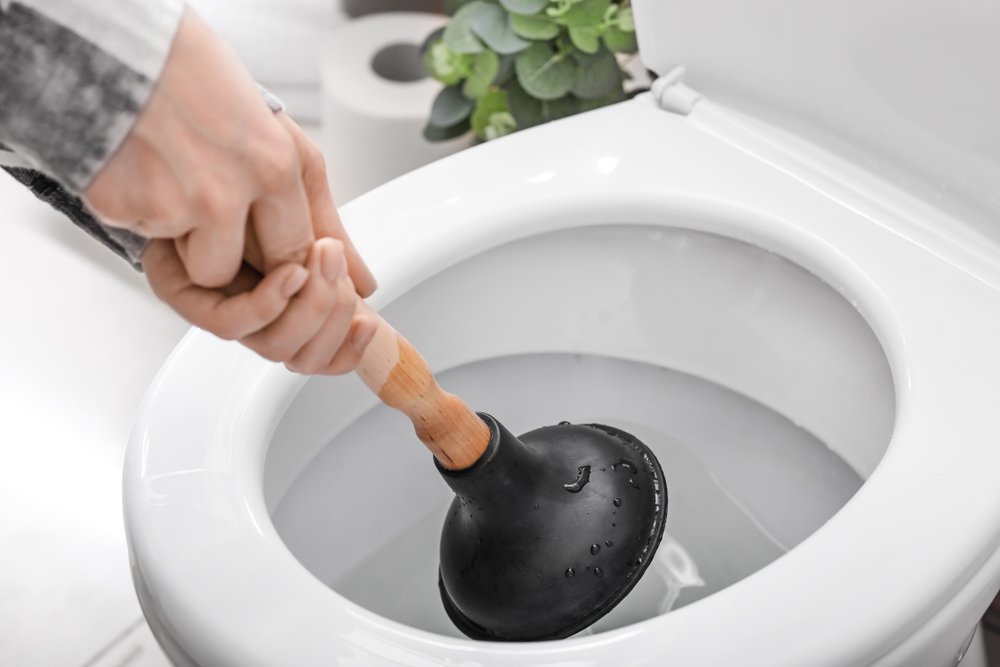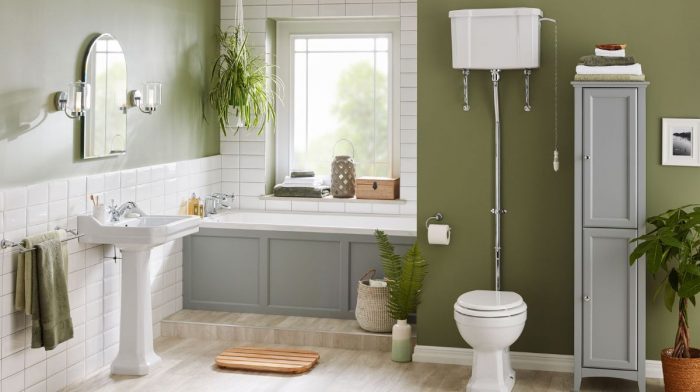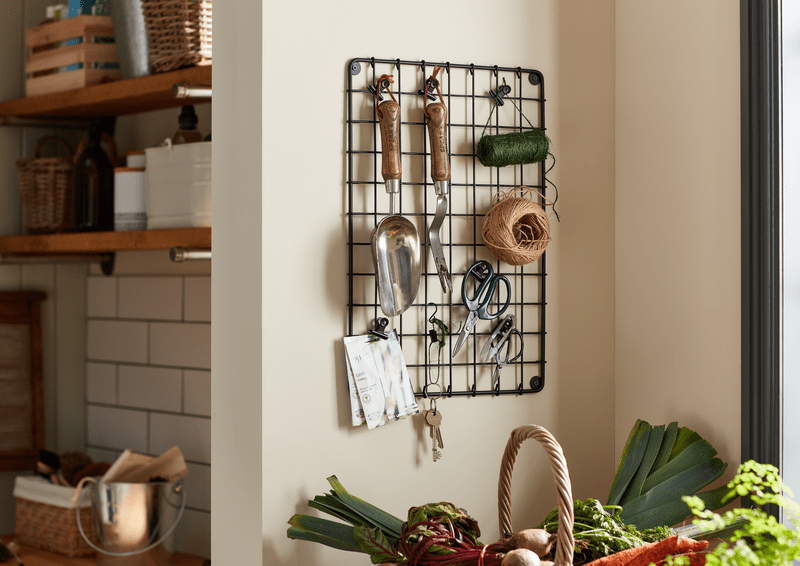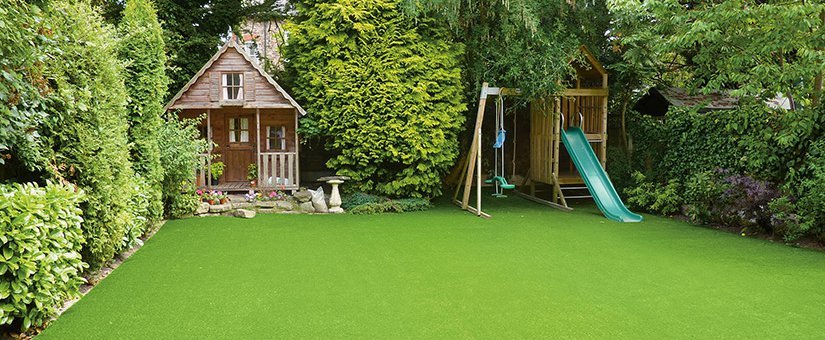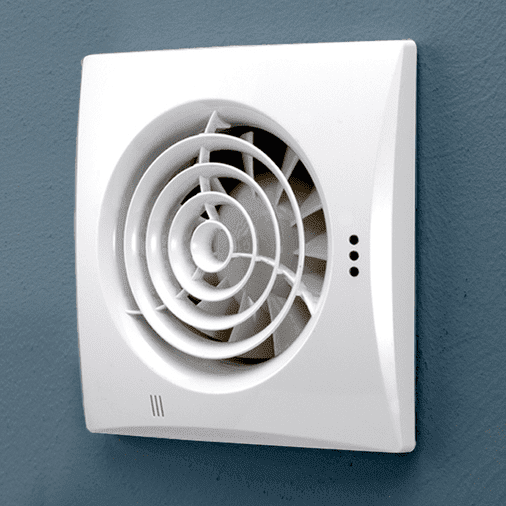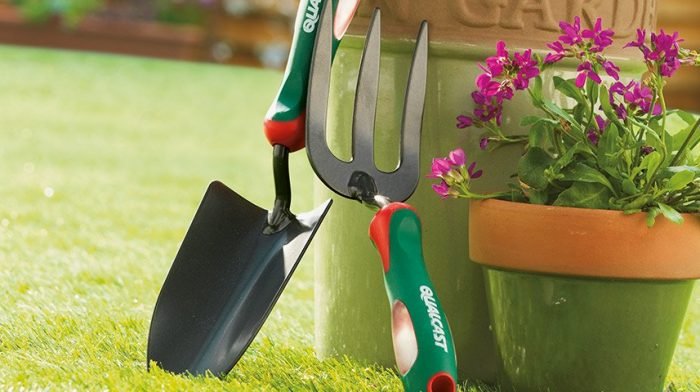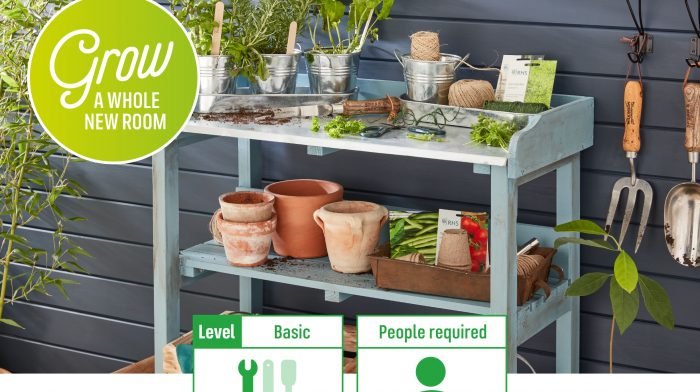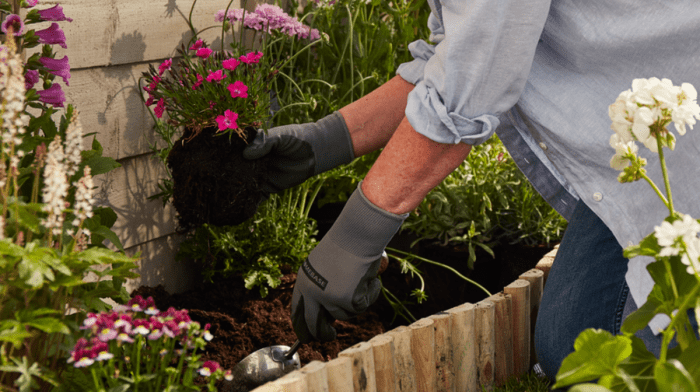How to unblock a toilet without a plunger
Knowing how to unblock a toilet with baking soda is a handy trick and can come in useful if you find yourself without all the right tools.
1. Pour baking soda
Baking soda can be used to create a chemical reaction that dislodges smaller clogs and blockages. To begin, pour half a cup of baking soda into the toilet bowl.
2. Make a vinegar solution with hot water
Begin to heat three litres of water in a pan. Before the water starts to boil, add half a cup of vinegar. Once your water has reached boiling point, you can remove the pan from the hob.
3. Create a reaction
Pour your mixture of vinegar and water down the toilet bowl and close the lid. When the hot vinegar solution hits the baking powder, it causes a reaction that creates lots of foam that can help to dislodge toilet blockages. After 30 minutes, flush the toilet and you’re done!
Top tip: If your toilet is connected to a septic tank or cesspit, avoid the baking soda method. The chemicals involved can destroy the enzymes that make it work. If you don’t have a plunger, pouring water into the bowl from a height while flushing simultaneously can also help to clear a clogged toilet.
How to unblock a toilet with a plunger
A blocked toilet is usually easily cleared with a plunger, so it’s a good idea to have one in the house just in case.
1. Protect yourself and the area
Ensure you’re wearing gloves and old clothes that you don’t mind getting messy. Laying an old towel on the floor will also protect against splashes and spills.
2. Close the flapper
The first thing you’ll need to do is lift the lid of your toilet tank and close the toilet flapper with your hand. Look out for a circular drain stopper attached to a chain. This is the flapper. Closing it will prevent more water entering the bowl when plunging.
3. Make sure you have the right plunger
When looking to unclog a toilet, it’s important to choose the right plunger. Avoid sink plungers which will likely only move water around, rather than unblocking. Instead, choose a plunger with a fold-out rubber flange. This will create a secure seal against the porcelain for proper suction.
4. Start plunging
Plunging uses a push-pull method to create a vacuum that dislodges blockages. Begin by ensuring the plunger covers the hole at the bottom of the toilet bowl completely and that it is entirely submerged. You can add extra water from the sink if you need to. Starting slowly at first, push and pull the plunger, pulling up sharply to loosen or dislodge the blockage. As you increase the momentum, you should start to notice the water in the toilet drain away. Prepare to allow 15 minutes or more for the blockage to subside.
5. Check drainage
Flush the toilet to check drainage. If you find that your water levels are low, but the blockage remains, just refill the bowl to its normal level and begin plunging again.
Top tip: Pouring hot water into the toilet bowl can help to soften a blockage. Leave a freshly boiled kettle to cool for a few minutes as boiling hot water could damage the porcelain.
How to Unblock a Toilet U-Bend
If the toilet bowl is clear but water is still not draining correctly, it may be a sign that toilet paper or waste has become lodged in the U-bend.
1. Protect yourself and the area
Again, it’s important to protect yourself and the surrounding area when unblocking a toilet U-bend. Wear old clothes that you don’t mind getting dirty and invest in some long gloves.
2. Get the right tools
If you suspect the blockage is in the U-bend, you’ll need something a little longer to dislodge the blockage. A toilet auger or ‘plumbing snake’ is a long, snake-like tool designed to manoeuvre through hard-to-reach piping like U-bends.
3. Use a toilet auger
Put the tip of the auger into the opening of the U-bend. Before pushing it forward through the opening, turn the auger at the same time. When you can only see the handle of the auger, pull it out and repeat the process until the blockage is cleared.
4. Test drainage
When you flush the toilet, the water should flow out quickly if the toilet auger has broken up the clog. If the water drains too slowly, go back in with the toilet auger and repeat the process.
And that’s how to clear a blocked toilet both with and without a plunger! Although not the most glamourous job, knowing how to unblock toilets is a simple task and will save you from having to call out a plumber.

